Archive for the 'perception' Category
hear and see London data
Sunday, September 2nd, 2007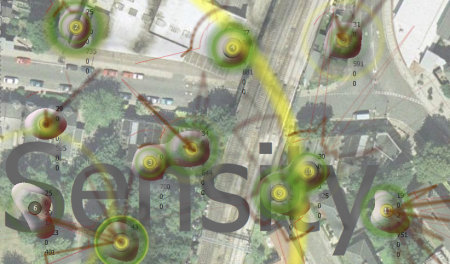
It seems to be a London week here at randform.
sensity is an audio-visual artwork that lets you hear and see data collected by wireless sensors around in London.
NMI 07 – part II
Thursday, July 5th, 2007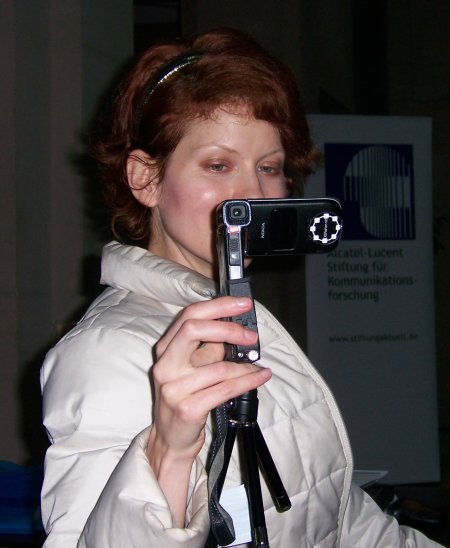
I am a bit slow these days, but here comes the summary of the NMI 07 of Thursday June 28, Section D+E
focus and context, part IIIa: theatre
Monday, June 4th, 2007
I am aware of the fact that it may be funny if a mathematical physicist speaks about theatre.
canny skinny skin scans
Wednesday, May 23rd, 2007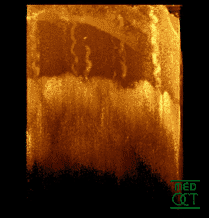
One of the interesting unknowns is the question wether the brain acts -at least partially- as a quantum computer. The discussion seems to have gotten again a boost – considering the number of conferences organized on this issue, like the already mentioned January swiss conference or the conference Quantum Mind organized by the center for consciousness and the Uni Salzburg or the conference Toward a Science of Consciousness 2007 in Budapest organized by the Hungarian Cognitive Science Foundation.
A reason for this boost may partially be due to the fact that optical imaging and mapping techniques are vastly improving. Optical imaging techniques are popular since they provide a noninvasive method to study the brain, like e.g. in experiments by Ed Boyden et al. were neurons were photostimulated via Channelrhodopsin-2 and other proteins (see also here) (where I have to say that the in the article mentioned lentiviral gene delivery sounds rather scary to me) or e.g. the interesting optical techique of OCT-Optical coherence tomography (or LMU OCT) using interferences of light with short coherence length.
OCT can currently be only used for investigating thin layers like skins, as can be seen at the above crumpled scan of a fingertip or – whats more important e.g. for investigating the retina – a thin layer of neural cells that lines the back of the eyeball.
Using a new way of organizing light pulses (FDML) researchers were able to provide rapid, high-resolution 3-D images of the retina as was presented on the Conference on Lasers and Electro-Optics, Quantum Electronics and Laser Science Conference by the Optical Society of America.
Why is the retina and the layers around it particularily interesting? Because the retina is capable to transmit a signal of a few photons, leaving enough space for quantum mechanical considerations, like in the famous discussion in here, where – even if this seems unrelated – e.g. the true size of a graviton may play a role.
As it seems the current believe is that brains probably do not act as quantum computers mainly due to the “disturbancies” of the information by the surroundings, which leads to decoherence – a general problem also for technical quantum computers. Among others there is some hope to get better results with regard to disturbances with the help of topological quantum theories, which can be imagined (very very loosely speaking) as quantum versions of solitons, i.e. waves which are very stable.
last night in a Berlin train…
Friday, May 11th, 2007Charles Ton
Saturday, April 28th, 2007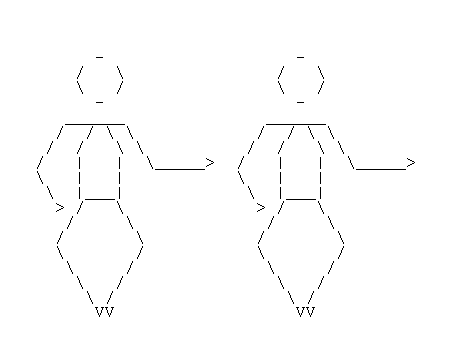
For the long Mayday weekend: Amazing Al Minns and Leon James dancing together in this ukrainian Mash-up by the band Танок На Майдані Конґо. I am probably a bit biased due to my fondness for eastern european music — since of course the daft punk–mash up and the original version of the Charleston are also very very good.
na-ming ga-ming
Thursday, April 19th, 2007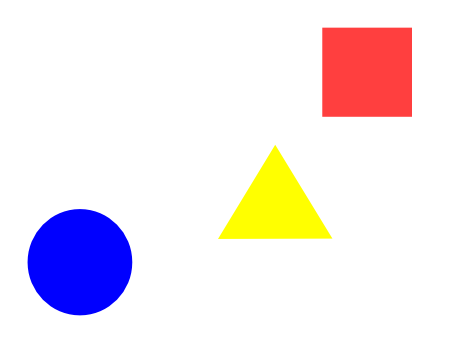
This is not this
In their upcoming paper “The emergence of simple languages in an experimental coordination game”, Proceedings of the National Academy of Science, 2007 Reinhard Selten and Massimo Warglien describe an experiment in which the development of languages was evaluated via a bonus system within a game-like environment:
DIET-tarte
Wednesday, April 18th, 2007
water on the rocks
This is a belated easter post in which the making of an eastereggsearchtart will be under display.
(more…)
wirepullers
Friday, April 13th, 2007Whereto would you like to drag the vertical object?
The idea to the above applet was formed by thinking about salience and 3D user interfaces in conjunction with two coils (a sort of 3D Moiré ).
(Closing the lose ends to two coils and sending an electrical current through one of the coils enables in principle inductance. However, observe that in this perpendicular arrangement of the two coils this gives only a very faint current in the second coil. For a stronger current the coils need to be aligned.)